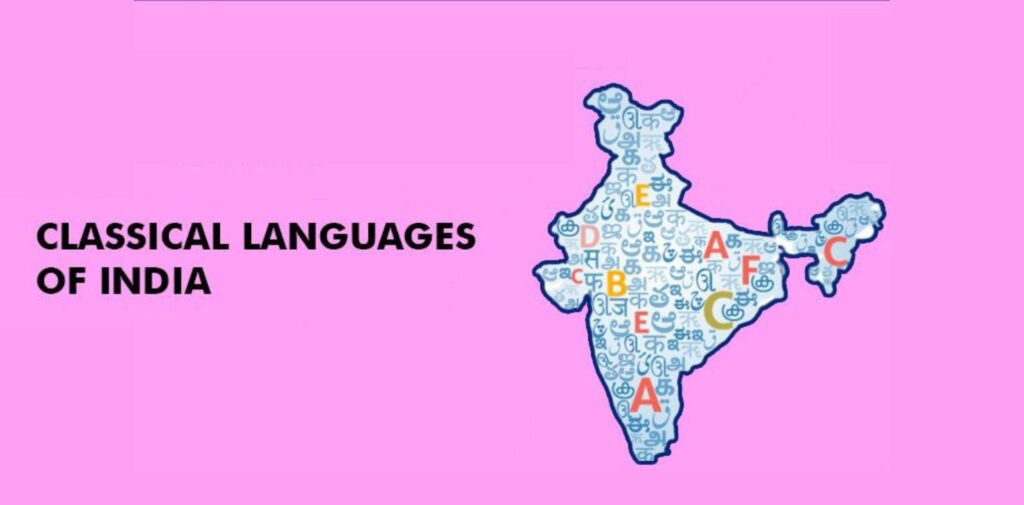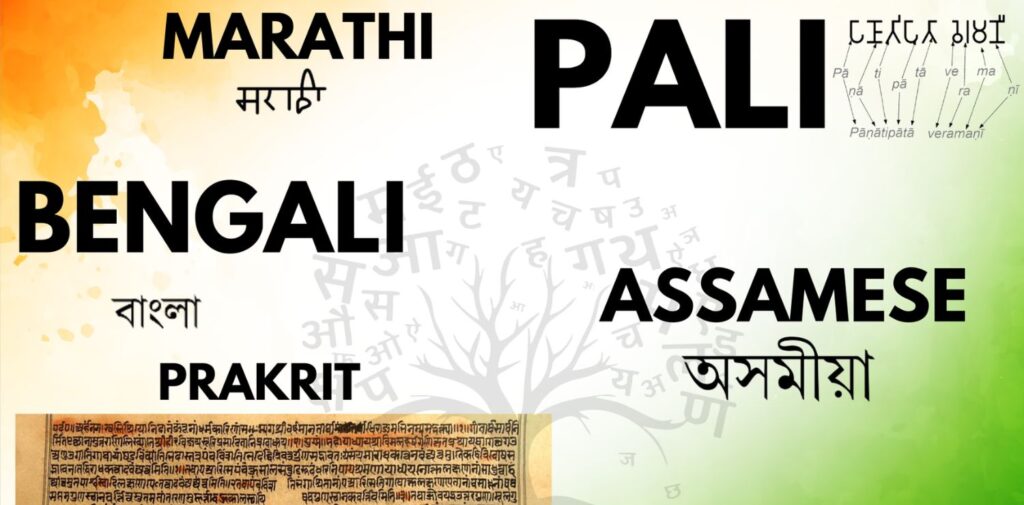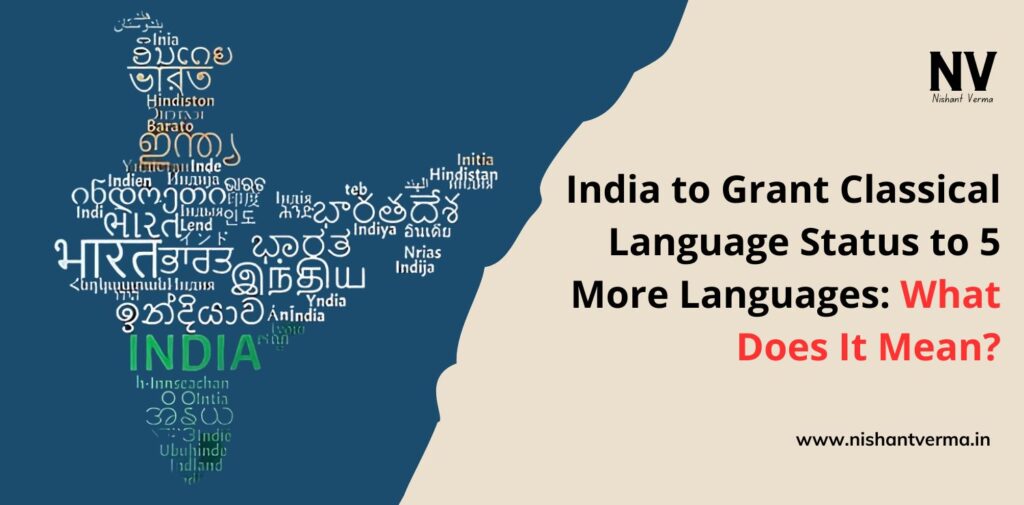India’s rich linguistic heritage is set to receive a boost with five more languages potentially gaining the prestigious ‘Classical Language’ status. Marathi, Pali, Prakrit, Assamese, and Bengali are in the spotlight for this recognition. This move, if approved, will bring attention to the historical and cultural importance of these languages, fostering a deeper appreciation among the Indian populace and the world.
But what exactly is a ‘Classical Language’? How does a language qualify, and why does it matter? Let’s break it down in simple terms.
What is a Classical Language?
A classical language is one that has a long history, vast literature, and profound influence on subsequent languages and cultures. In India, languages like Tamil, Sanskrit, Telugu, Kannada, Malayalam, and Odia have already been accorded this status. The recognition aims to preserve, promote, and celebrate these languages.

Criteria for Classical Language Status
For a language to qualify as classical, it must meet certain criteria set by the Government of India:
- Antiquity: The language should have a history of over 1500-2000 years.
- Rich Literary Tradition: It should have an extensive collection of ancient literature.
- Originality: The language’s literature should not be borrowed from other traditions.
- Legacy: It must have had a significant impact on subsequent languages.
With these points in mind, let’s look at why these five languages – Marathi, Pali, Prakrit, Assamese, and Bengali – have been chosen.
A Closer Look at the 5 Languages
Marathi: Known for its deep literary history, Marathi is spoken widely in Maharashtra and has a literary heritage dating back over a thousand years. Famous poets and writers like Sant Tukaram and Bhau Panchbhai have significantly contributed to the language’s rich tradition.
Pali: Pali holds a unique place in Indian history as the language of Theravada Buddhism. Ancient Buddhist texts and scriptures were written in Pali, and it played a vital role in spreading the teachings of the Buddha.

Prakrit: Prakrit languages were used in ancient Jain texts and early Indian literature. They acted as a bridge between Sanskrit and the regional languages that developed later. Recognizing Prakrit’s importance means acknowledging a key part of India’s linguistic evolution.
Assamese: With a history dating back to the 13th century, Assamese is the primary language of Assam and parts of the Northeast. It has a rich literary tradition that includes folklore, poetry, and a vibrant oral tradition.
Bengali: The language of Rabindranath Tagore, Bengali is not only spoken by millions in West Bengal and Bangladesh but has also produced a vast body of literature and cultural works that have left an indelible mark on the subcontinent.
Importance of Classical Language Status
Granting classical status to these languages would lead to:
- Increased Research Funding: Universities and academic institutions will receive funds to conduct research on these languages and their literature.
- Promotion and Preservation: Efforts will be made to preserve and promote these languages, ensuring they remain relevant for future generations.
- Enhanced Recognition: Classical language status puts these languages on a higher pedestal, celebrating their historical and cultural significance.
Impact on Indian Society and Culture
Recognizing more languages as classical is not just a token gesture. It sends a message about India’s commitment to its cultural diversity and heritage. This move can inspire more people, especially younger generations, to take pride in their mother tongues and explore their literary traditions.

Additionally, it can encourage states and cultural bodies to organize events, workshops, and competitions that showcase the literary wealth of these languages. It could also lead to the development of new educational material, helping students learn more about these languages’ histories and contributions to Indian culture.
Challenges Ahead
While the move is largely positive, there are some challenges to be considered:
- Balancing Recognition: Many other languages in India may seek classical status, which could lead to debates about which languages deserve it more.
- Resource Allocation: Ensuring enough resources and funding for research and promotion of all classical languages can be complex.
- Political Considerations: Language issues can sometimes be politically sensitive, and such decisions might face opposition or differing opinions from various quarters.
Conclusion
The proposal to grant classical language status to Marathi, Pali, Prakrit, Assamese and Bengali is a step towards honoring and preserving India’s linguistic heritage. It recognizes the rich histories and contributions of these languages, paving the way for more research, preservation, and promotion. This move will help celebrate India’s diversity and ensure that the literary and cultural treasures of these languages are kept alive for future generations.
If approved, it will be a proud moment for the speakers of these languages and a testament to India’s respect for its linguistic diversity.




